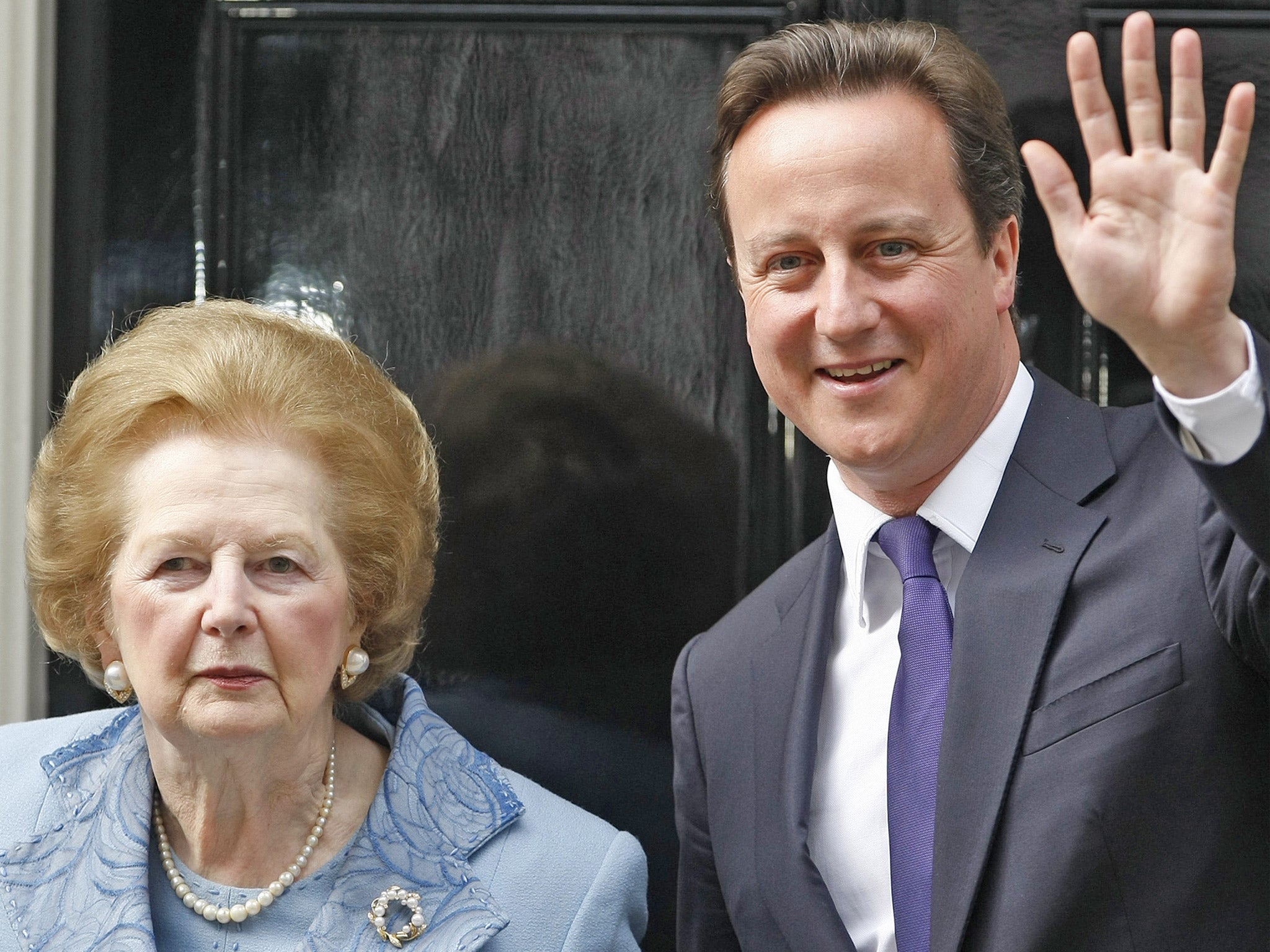Why has David Cameron decided to bring up the Right to Buy scheme during the Help to Buy debate?
The Prime Minister is flogging a dead horse which doesn't even rightly belong to him

My eyes nearly popped out of my head when I saw a tweet from the Prime Minister last week.
“#RightToBuy opens up home ownership to more people. Over 10k have taken step on #housing ladder thanks to scheme”, it said. “Shurely shome mishtake”, I said.
It was the week when Help to Buy was hogging the headlines, with Government ministers singing its praises in the face of dire expert warnings of house price bubbles and unaffordable mortgage rate.
But Right to Buy? The scheme launched by Maggie Thatcher in 1980, under which hundreds of thousands of council tenants were able to buy their homes with the aid of massive discounts? What is Cameron doing talking about it having helped “over 10k” in October 2013?
A quick call to the Communities Department solved the mystery, up to a point.
Apparently the PM was talking about a “relaunched Right to Buy” scheme from around 18 months ago. Hmmm.
While universally seen as a Tory flagship, the right of tenants to own the house they lived was in the Labour Party manifesto for the 1959 General Election. In the late 60s, the Conservative-controlled Greater London Council was persuaded by Horace Cutler, its Chairman of Housing, to create a sales scheme.
GLC housing sales were banned by Ken Livingstone in the mid-1970s but picked up again once Cutler became Leader in 1977. They proved extremely popular, and Cutler, who was close to Thatcher (then a London MP) was instrumental in the Right to Buy becoming, arguably, the most successful Tory policy ever.
The Right to Buy legislation was passed in the Housing Act 1980 with Michael Heseltine in charge. Some six million people were eligible and around two million used their right. Heseltine noted that, “no single piece of legislation has enabled the transfer of so much capital wealth from the state to the people.” Nor freed so many from municipal tyranny.
The sale price of a council house was based on its market valuation (quite low by definition) but also included a 33% to 50% discount to reflect the length of tenure and rents paid over the years. The income was massive – but Thatcher made a fatal error which turned the breakthrough into a crisis.
While half the proceeds went to the local authorities, but they banned from using the money to build new social rented homes. The best council properties sold quickly, leaving a rump of the poorest ones – slab and tower blocks – and dwindling sales. Throughout the 1990s various efforts were made by the Tories to remarket the policy and with it the Party’s flagging fortunes.
Under the Blair government, tenant discounts were reduced repeatedly and the numbers buying plummeted. But New Labour showed no more interest in replacing the lost stock that the Tories had.
At the 2011 Conservative Party Conference, David Cameron proposed to increase Right to Buy discounts in order to revitalise the housing market. He promised the receipts which could be spent on new social housing, but not many were persuaded. In April 2012 the Right to Buy discount rose to a maximum of £75,000 or 60% of the house value (70% for a flat). In March 2013 the maximum discount in London was increased to £100,000. In July the Scottish Government confirmed that Right to Buy would be abolished in Scotland from 2017.
Last week Cameron decided to bring the nearly dead parrot of Right to Buy into the Help to Buy debate. Could he have been hoping that just the words Right to Buy will remind Labour-inclined floating voters of better days?
Perhaps, but with the critical shortage of social housing – for which both parties are equally to blame – slogans will simply not fill the gap.

Join our commenting forum
Join thought-provoking conversations, follow other Independent readers and see their replies